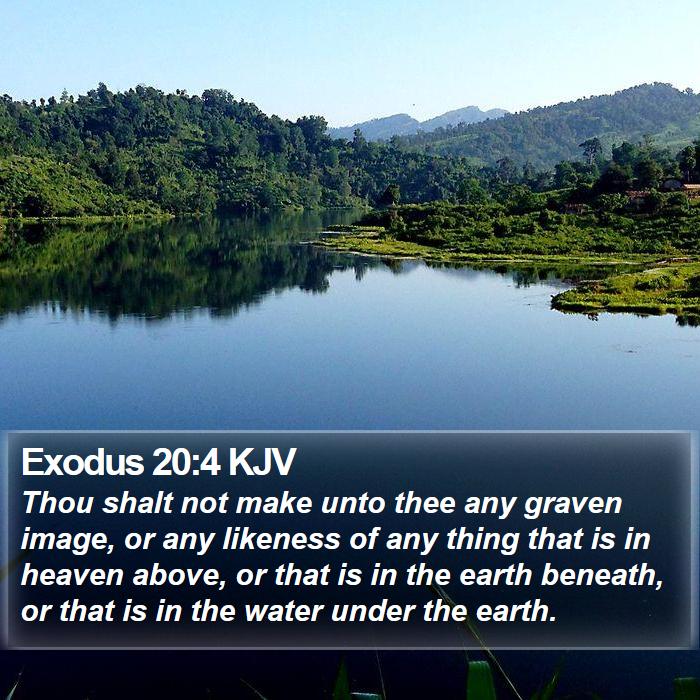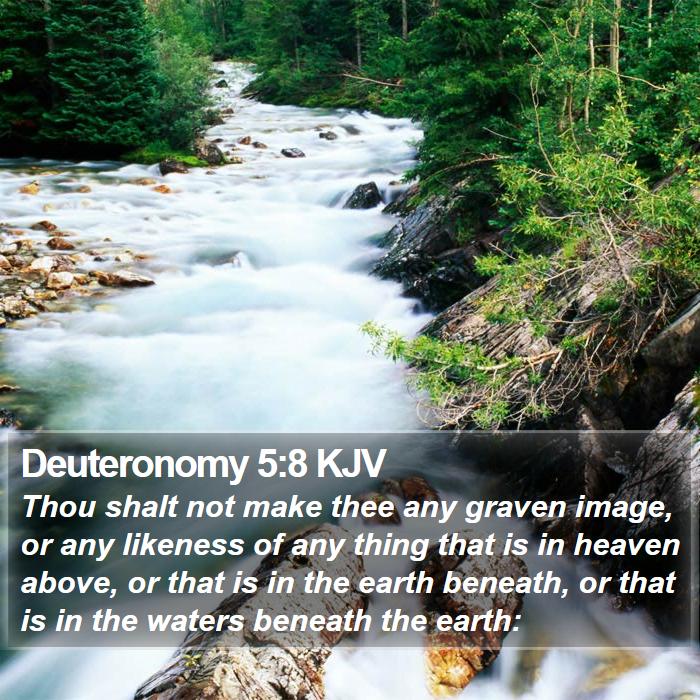

All relative existence is a reflection of this Trinity in endless permutations and gradations.įorms are thus gateways to corresponding modes of consciousness. In the highest sense, God the Father is Consciousness, God the Son is Name ( Logos), and God the Holy Spirit is Form. The principle being dealt with in this commandment is the esoteric fact that there is a Trinity embracing all modes of being: Consciousness, Name, and Form. However, the use of images for contacting the Divine or worshipping the Divine through them is not the same as worshipping them as though they were themselves the in-all and be-all of the Divine, and it is this latter action which is prohibited by the Commandment. Consequently there can be no doubt that images are viable esoteric elements in divine contact.

God not only spoke from between the cherubim (Numbers 7:89), several times in the Old Testament, God is declared to be perpetually dwelling between the cherubim (I Samuel 4:4 II Samuel 6:2 II Kings 19:15 Isaiah 37:16 Psalms 80:1). What was the purpose of this construction with images of cherubim? “And there I will meet with thee, and I will commune with thee from above the mercy seat, from between the two cherubims which are upon the ark of the testimony” (Exodus 25:22).

And thou shalt put the mercy seat above upon the ark” (Exodus 25:18-21). And the cherubims shall stretch forth their wings on high, covering the mercy seat with their wings, and their faces shall look one to another toward the mercy seat shall the faces of the cherubims be. And make one cherub on the one end, and the other cherub on the other end: even of the mercy seat shall ye make the cherubims on the two ends thereof. God Himself says to Moses regarding the construction of the Ark: “And thou shalt make two cherubims of gold, of beaten work shalt thou make them, in the two ends of the mercy seat. Although it is commonly believed that the Ten Commandments prohibit the religious use of images, in the twenty-fifth chapter of Exodus that assertion is clearly disproven. Perhaps the most powerful instrument for such interdimensional communication was the Ark of the Covenant. But it is possible to open gates for communication between them and even for denizens of one region to pass into another. Just as within our bodies we have barriers to keep the bacteria and elements of the various systems from crossing over into one another, so it is with the external realms. God has divided His universe into many mansions (John 14:2), or zones.

Even further, an image can be a point of contact between the beholder and the (usually) invisible worlds. Since an image both reflects and produces states of consciousness, this commandment prohibits the whimsical making of imagery–especially of trying to encompass through imagery That Which knows no bounds. Some American psychiatrists have obtained remarkable results in healing mental illness through having their patients visualize certain classical Indian Yantras. Yantras are diagrams of the energy patterns or force fields produced when certain mantras are recited correctly. Therefore in Hinduism there is an entire science of mantra–creative spoken sound–and yantra–creative visualized form. Rather, they are the dual manifestations of great creative power. However, on the level of higher realities, form is not form, name is not name. The name gives rise to a form and the form gives rise to a name. If someone points out a tree to us, we think: “Oh, a tree!” Thus name and form are interchangeable. When someone says “tree,” we see the form of a tree in our mind. The basis of all phenomenal–i.e., relative–existence is name and form. “Thou shalt not make unto thee any graven image, or any likeness of any thing that is in heaven above, or that is in the earth beneath, or that is in the water under the earth: Thou shalt not bow down thyself to them, nor serve them.” Chapter Three of the Gnosis of the Ten Commandments and the Beatitudes:


 0 kommentar(er)
0 kommentar(er)
